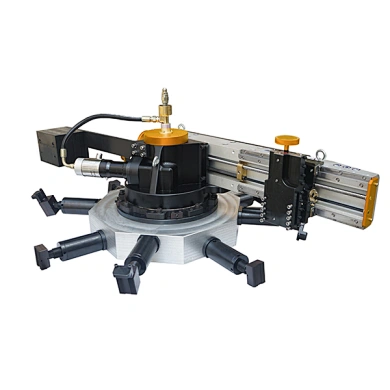Top 10 Weather Station Applications for Accurate Environmental Monitoring
Weather stations provide essential data for a variety of sectors, enabling precise environmental tracking and informed decision-making. Here are the top 10 applications where weather station applications play a critical role.
Agriculture and Crop Management
Farmers rely on weather data to optimize irrigation, prevent frost damage, and plan harvesting schedules. Real-time metrics support higher yields and resource efficiency.
Aviation and Air Traffic Control
Accurate wind speed, visibility, and pressure readings are vital for safe takeoffs, landings, and flight path adjustments.
Disaster Preparedness and Early Warnings
Monitoring severe conditions like storms, floods, or wildfires allows authorities to issue timely alerts and save lives.
Renewable Energy Management
Solar and wind farms use weather data to forecast energy production, manage grid supply, and improve operational efficiency.
Construction and Outdoor Worksites
Monitoring temperature, wind, and precipitation helps in scheduling tasks, ensuring worker safety, and protecting materials.
Environmental Research and Climate Studies
Scientists use long-term data to analyze climate patterns, assess ecological changes, and support sustainability initiatives.
Sports and Event Planning
Outdoor events, marathons, and sports tournaments depend on reliable forecasts to ensure participant safety and smooth operations.
Urban Planning and Smart Cities
Data on air quality, temperature, and rainfall assists in designing resilient infrastructure and reducing urban heat island effects.
Maritime and Shipping Operations
Sea conditions, wave height, and wind data guide navigation, route optimization, and port management.
Educational Purposes
Schools and universities use weather stations to teach meteorology, data analysis, and environmental science.
Frequently Asked Questions
What parameters do weather stations monitor?
They track temperature, humidity, wind speed, rainfall, atmospheric pressure, and more.
Are weather stations easy to install?
Modern automatic stations are user-friendly, with many offering wireless and solar-powered options.
Take Action Today
Ready to leverage precise environmental insights? Explore professional-grade weather station applications to meet your specific needs and enhance monitoring accuracy.

